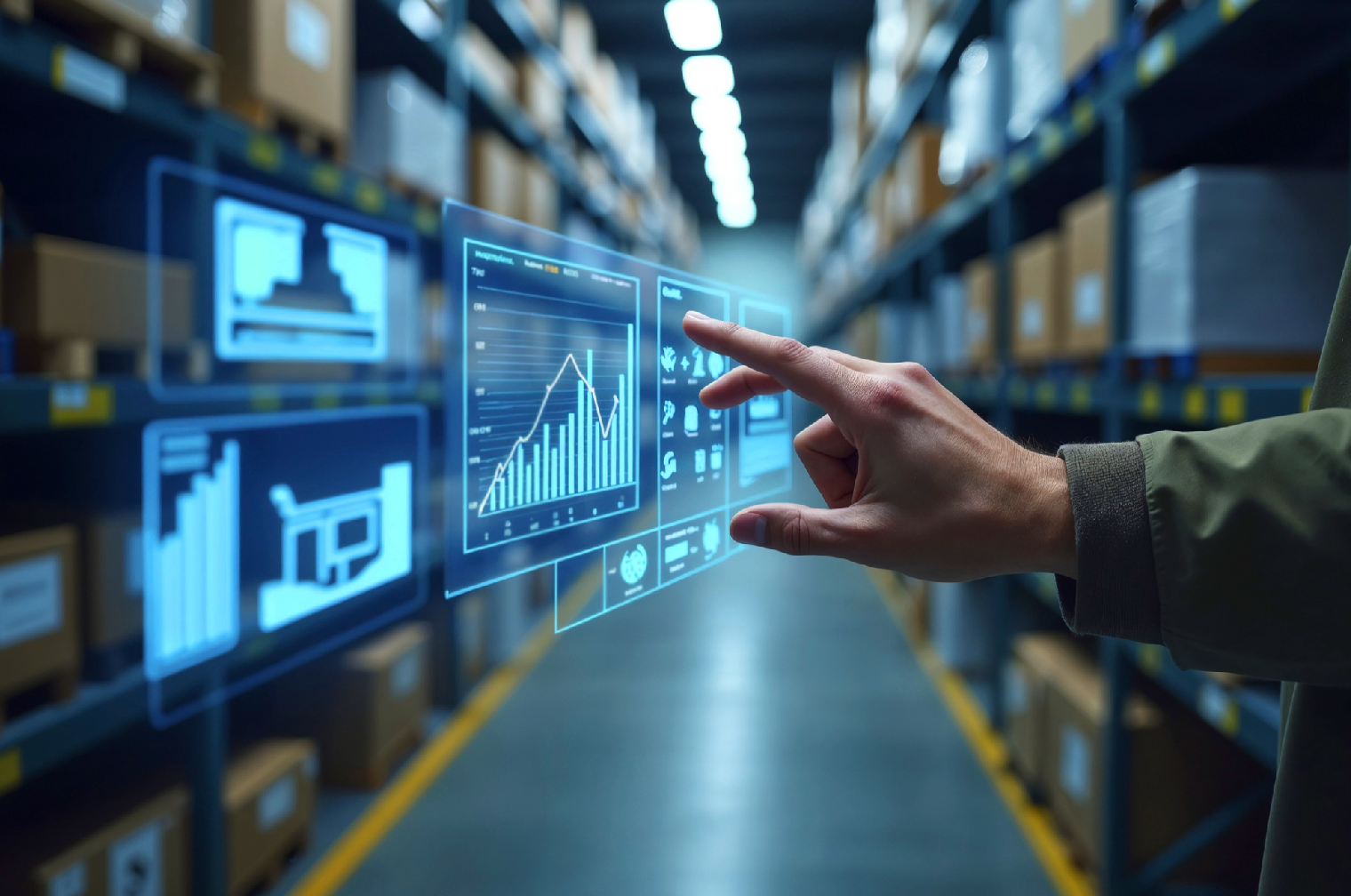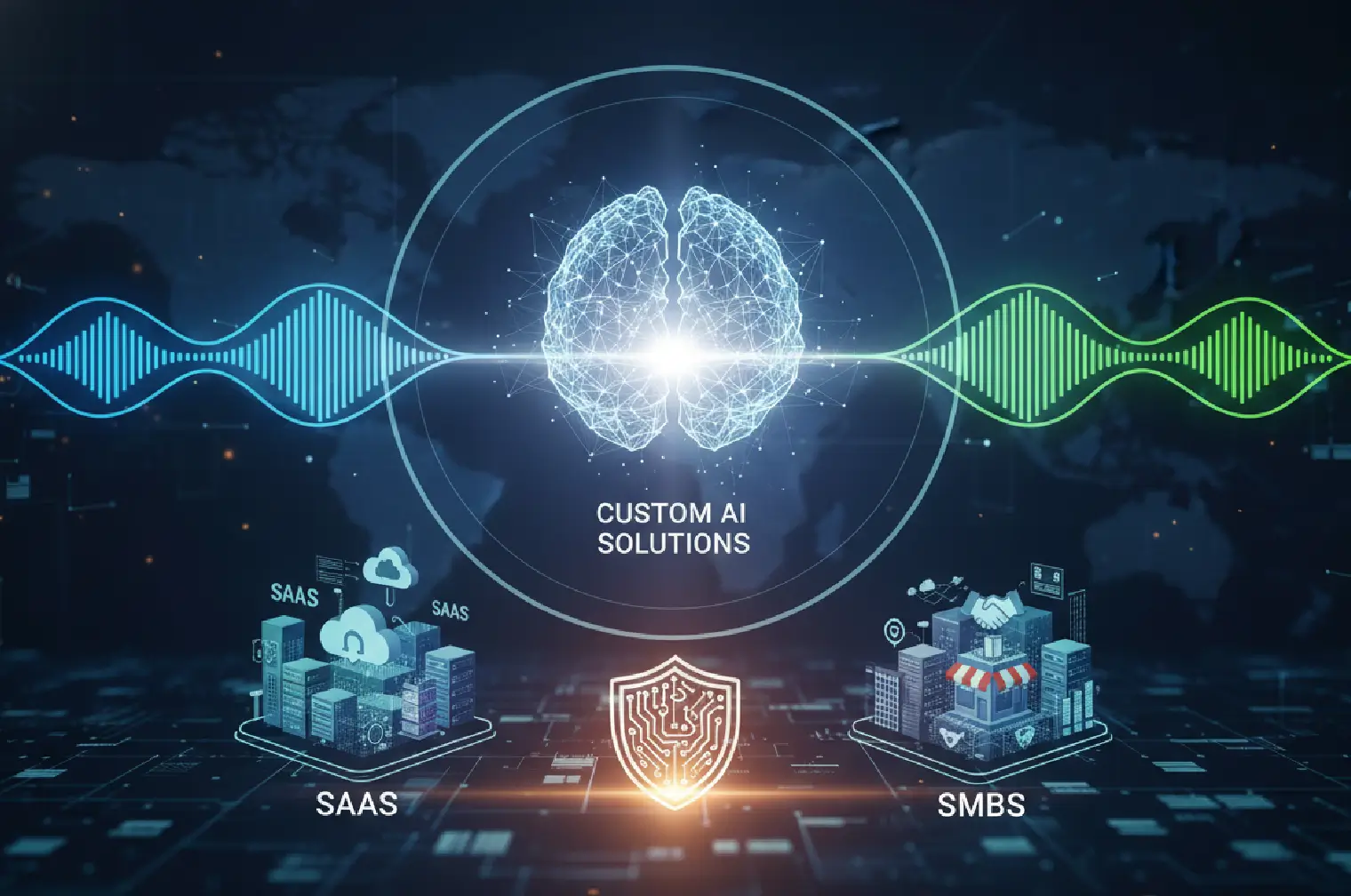Machine Learning and AI for revolution of Tech Companies are changing and streamlining businesses.
The numbers reveal a compelling case for the integration of AI in logistics. Companies that utilize AI-driven decision systems for logistics have reported significant improvements across their operations.
For instance, optimizing transportation routes can lead to:
- Transportation cost reduction: By leveraging AI tools, companies can reduce transportation costs by as much as 5-10%.
- Inventory management efficiency: Organizations can achieve 20-30% reductions in excess inventories, freeing up capital that can be reinvested elsewhere.
- Improved demand forecasting: Traditional methods of demand forecasting often fall short. AI models have successfully reduced forecasting errors by 30-50%.
These figures demonstrate how AI is not merely a technological upgrade but a pivotal force in reshaping logistics operations for better efficiency and cost-effectiveness.
Read: AI in Supply Chains and Logistics: Global Operations
How Do AI-Driven Systems Optimize Transportation Routes Instantly?
The classic approach to transportation route planning typically depends on static maps and historical data. In contrast, AI-driven decision systems for logistics take a holistic approach by analyzing real-time variables to optimize routes dynamically.
Factors these systems consider include:
- Live traffic conditions
- Weather forecasts
- Fuel prices
- Delivery constraints
For example, a major European retailer implemented an AI-driven routing system to decrease their delivery distances by as much as 15% and improve vehicle utilization by 20%. Not only did this save the company money, but it also improved delivery times, ensuring that goods reached customers more quickly and safely.
Boost Logistics Performance with AI Precision
Implement AI-Driven Decision Systems for Logistics to streamline operations and maximize efficiency.
Can Predictive Analytics Really Forecast Demand Better Than Humans?
Traditional forecasting methods often fall short, failing to adapt quickly to changing consumer behaviors or market dynamics.
However, AI is transforming demand forecasting:
- Advanced analytics tools can process massive amounts of data, including structured (historical sales, customer reports) and unstructured data (social media trends, weather forecasts).
- AI systems can adapt to changing market conditions rapidly, allowing for daily adjustments rather than relying on outdated quarterly forecasts.
An example from a Fortune 500 company illustrates this point: The company used an AI model that identified a trend in retro sneaker sales on TikTok, predicting a surge before others caught on. As a result, they were able to meet high demand ahead of time. This capability reduces stockouts and excess inventory alike, optimizing supply chain performance.
Also Read: Vertical AI Agents in Logistics: Enhancing Supply Chain
What Makes Risk Management Smarter With AI Tools?
Supply chains are fraught with potential disruptions, from unexpected natural disasters to supplier failures.
AI-driven decision systems for logistics enhance risk management by:
- Utilizing real-time data to monitor supplier stability and identify potential issues before they escalate.
- Employing risk scenario simulations to prepare for possible disruptions enables companies to adapt quickly.
For instance, an automotive manufacturer avoided significant losses during a typhoon by closely monitoring weather patterns and supplier locations with AI. This proactive approach allowed them to airlift components instead of waiting for delayed shipments, saving the company approximately $8 million.
Are Cost Reductions From Automation As Big As They Claim?
The integration of AI and automation in logistics systems can lead to considerable cost savings in various areas:
Labor Efficiency Gains
- Robotic Process Automation (RPA) can handle repetitive tasks such as invoice processing and order fulfillment, cutting processing time drastically.
- Chatbots can field customer inquiries, allowing human staff to focus on complex issues.
Asset Utilization Improvements
- Dynamic load balancing allows carriers to operate closer to full capacity, which could improve asset utilization rates from an industry average of 60% to much higher levels.
- Predictive maintenance analytics identify potential downtime early, significantly reducing repair costs.
According to McKinsey, these combined efficiencies can lead to total cost reductions of 15-25% across distribution networks.
Drive Smarter Logistics Decisions with AI
Unlock the power of AI-Driven Decision Systems and make faster, data-backed logistics choices.
How Scalable Are Modern Logistics Platforms During Peak Seasons?
The increasing complexity of logistics makes scalability critical, especially during peak seasons. Traditional methods often rely on hiring temporary workers and leasing additional warehouse space, which can significantly inflate operational costs. In contrast, AI-driven platforms offer automation that enables quick adjustments to meet fluctuating demand.
For instance, advanced cloud-based platforms can auto-scale resources during peak periods, ensuring supply chain operations remain efficient without incurring permanent overhead costs. This flexibility allows companies to meet demand surges—think significant shopping events such as Black Friday—without the usual headache or expense.
Also See: Logistics Cost Optimization with AI Solutions
When Should You Partner With an Expert Like ViitorCloud?
Though off-the-shelf solutions may seem attractive, the real value often comes from customized implementations that consider specific logistics challenges.
Engaging with a specialized provider like ViitorCloud allows organizations to leverage:
- Seamless integration of AI tools with existing ERP and WMS systems.
- Tailored predictive models were developed using unique historical data.
- 24/7 expert support ensures optimal operation with minimal disruptions.
Studies indicate that businesses partnering with expert consultants often achieve an ROI timeline that is 40% faster than those choosing to implement solutions independently. This is particularly valuable in navigating the complexities of AI-driven logistics.
Transform Supply Chains with AI-Driven Innovation
Adopt ViitorCloud’s AI-Driven Decision Systems for Logistics to enhance delivery speed and reduce costs.
Conclusion
The logistics landscape is rapidly evolving with technological advancements. From optimizing route planning and improving demand forecasting to enhancing risk management and automating processes, AI-driven decision systems for logistics are an invaluable asset for modern supply chains. As the industry continues to innovate, companies that embrace these advanced technologies will significantly benefit, making informed decisions that drive efficiency and profitability. For organizations looking to elevate their logistics operations, exploring ViitorCloud’s services could be a vital step towards achieving these goals.
Frequently Asked Questions
They are innovative systems that utilize artificial intelligence to optimize various logistics processes in real-time.
AI can analyze vast amounts of data quickly, providing more accurate and up-to-date forecasts compared to traditional methods.
Scalability allows logistics platforms to adjust rapidly to changing demands, especially during peak seasons, without incurring extra costs.
Companies should consider partnering when they require customized solutions or when navigating complex logistics challenges.









